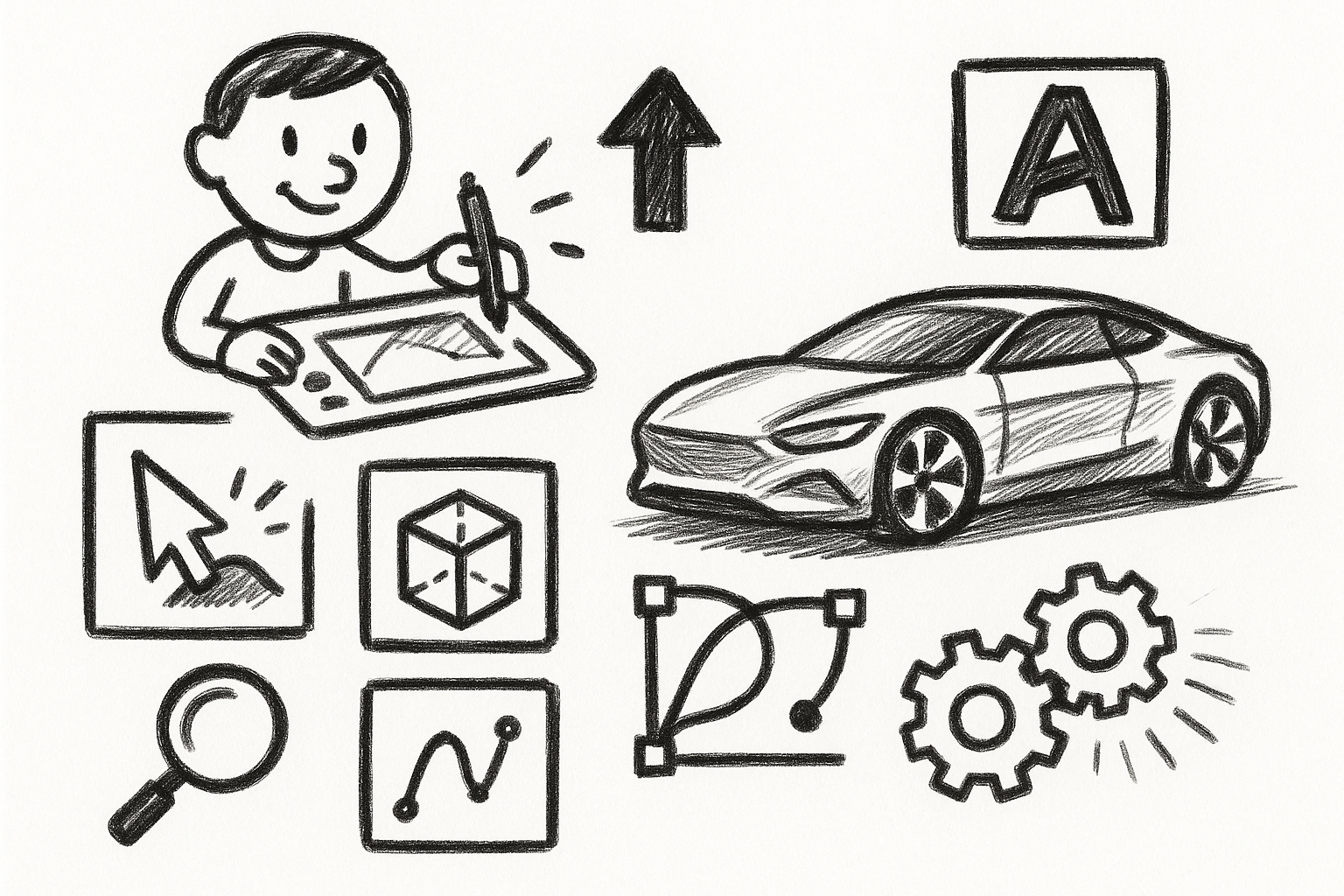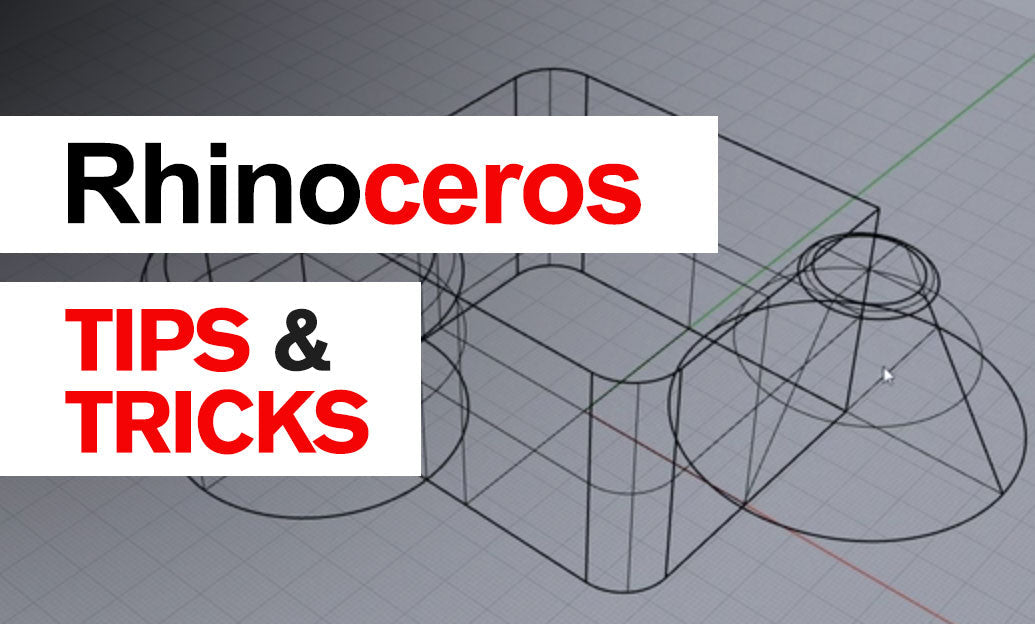Your Cart is Empty
Customer Testimonials
-
"Great customer service. The folks at Novedge were super helpful in navigating a somewhat complicated order including software upgrades and serial numbers in various stages of inactivity. They were friendly and helpful throughout the process.."
Ruben Ruckmark
"Quick & very helpful. We have been using Novedge for years and are very happy with their quick service when we need to make a purchase and excellent support resolving any issues."
Will Woodson
"Scott is the best. He reminds me about subscriptions dates, guides me in the correct direction for updates. He always responds promptly to me. He is literally the reason I continue to work with Novedge and will do so in the future."
Edward Mchugh
"Calvin Lok is “the man”. After my purchase of Sketchup 2021, he called me and provided step-by-step instructions to ease me through difficulties I was having with the setup of my new software."
Mike Borzage
Cinema 4D Tip: Advanced Character Rigging Techniques in Cinema 4D for Realistic Animations
September 11, 2024 2 min read

Advanced character rigging in Cinema 4D is a critical skill for creating lifelike and dynamic animations. A well-rigged character allows for fluid, natural movement and provides animators the flexibility to bring their visions to life. Here are some advanced techniques for rigging characters in Cinema 4D that can help you improve your workflow and achieve more realistic results.
- Use Joint Tools Efficiently: When setting up joints for your character, make sure to use the Joint Tool to place joints accurately along the character's skeletal structure. Proper joint placement is crucial for achieving natural movement.
- IK (Inverse Kinematics) Chains: Utilize IK chains for limbs to simplify the animation process. By setting up IK chains, you can control the entire limb with a single effector, making it easier to animate complex movements like running or jumping.
- Weight Painting: Accurate weight painting is essential for smooth deformations. Spend time refining the weight maps to ensure that each joint influences the correct areas of the mesh. Use the Weight Tool to adjust and blend weights for seamless transitions between joints.
- Controllers and Constraints: Create custom controllers for animating different parts of the character. Use constraints to link these controllers to the joints, providing an intuitive and flexible rigging setup. For example, use aim constraints for head and eye controls to ensure they look in the desired direction.
- Binding Methods: Experiment with different binding methods, such as heat map or max distance, to find the best fit for your character's mesh. Each method has its strengths and can be more suitable for different types of models.
- Pose Morphs: Use Pose Morph tags to create facial expressions and other complex deformations. Pose Morphs allow you to blend between different shapes, providing a powerful tool for animating facial features or muscle movements.
- Rig Testing: After setting up the rig, thoroughly test it by animating various movements. This step helps identify any issues with joint placement, weight painting, or controller setup. Addressing these problems early on ensures a smooth animation process.
- Reference Materials: Study real-life references or motion capture data to understand how different parts of the body move. Using reference materials can guide your rigging process and help achieve more realistic results.
Mastering these advanced character rigging techniques in Cinema 4D can significantly enhance the quality of your animations. For more in-depth tutorials and resources on character rigging and other Cinema 4D topics, visit NOVEDGE.
Follow NOVEDGE on social media for the latest updates and expert tips!
You can find all the Cinema 4D products on the NOVEDGE web site at this page.
Also in Design News

Mastering Precision: 5 Advanced Techniques to Elevate Your Autodesk Alias Workflow
August 29, 2025 5 min read
Read More
Rhino 3D Tip: Optimizing Rhino Workflow Through Strategic Plugin Integration
August 29, 2025 3 min read
Read More
Harnessing Edge Computing to Transform Design Software Workflows
August 29, 2025 12 min read
Read MoreSubscribe
Sign up to get the latest on sales, new releases and more …


